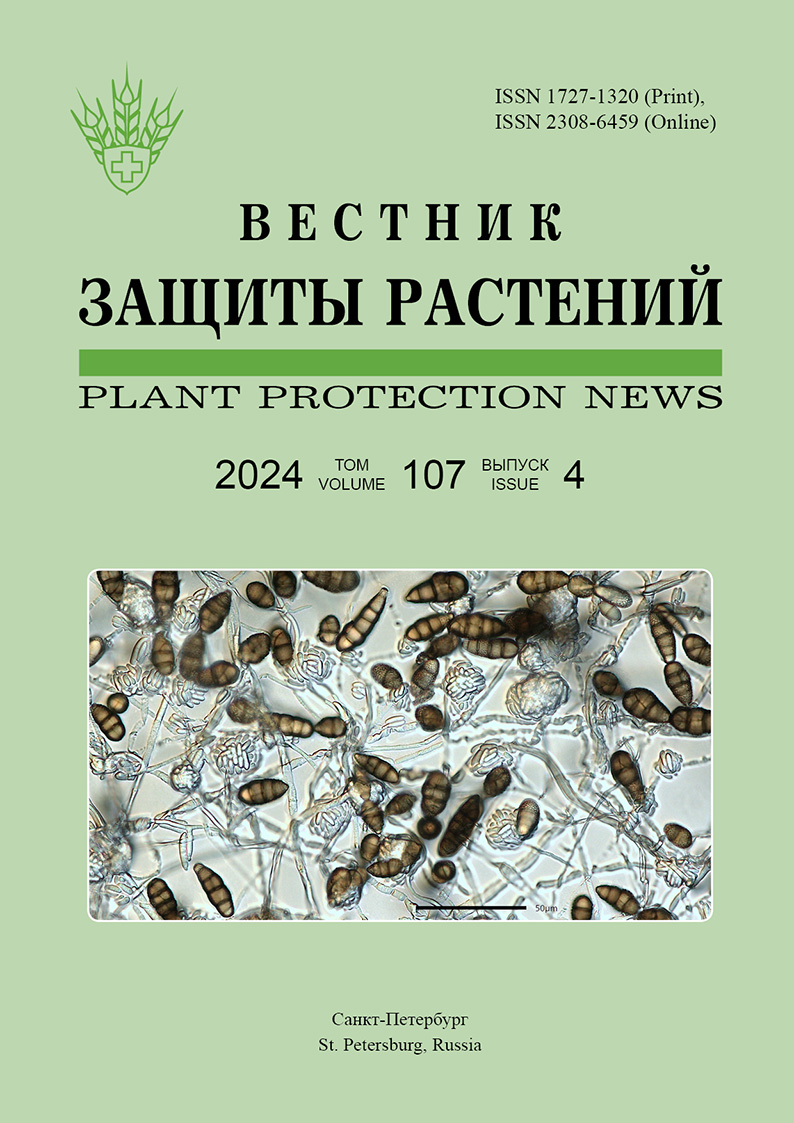Fungi associated with potato and their significance as pathogens in Russia
Keywords:
Solanum tuberosum, potato diseases, harmfulness, distribution, taxonomyAbstract
Despite the great attention paid to the study of potato diseases, inaccuracies in the names of diseases, their practical significance, and incorrect use of the scientific names of causal agents can be commonly found in the scientific literature. This may lead to confusion and reduces the value of published information in phytosanitary efforts. This review continues the series started with the publications devoted to wheat and barley diseases. This article includes information about the main potato diseases and pathogenic organisms causing them, as well as the species emerging as a potential threat to potato. The current taxonomic status of fungal species and fungus-like organisms associated with various organs of potato is given, and the breadth of their distribution and degree of impact on the crop are summarized. The micromycetes were divided into two groups according to their phytosanitary importance. The first group is represented by fungi of great importance as pathogens causing the 13 economically important potato diseases. The second group consists of fungi causing 25 minor and poorly studied diseases with unconfirmed harmfulness, or potential endophytic fungi. Perceptions of their ability to cause disease remain controversial and the available data require confirmation. This dataset can be used as a reference for a more accurate description of the phytosanitary situation. The review will also be helpful for more targeted studies using molecular techniques to clarify taxonomy and geographic ranges of fungi associated with potato and to provide more detailed data on disease levels in this crop.



